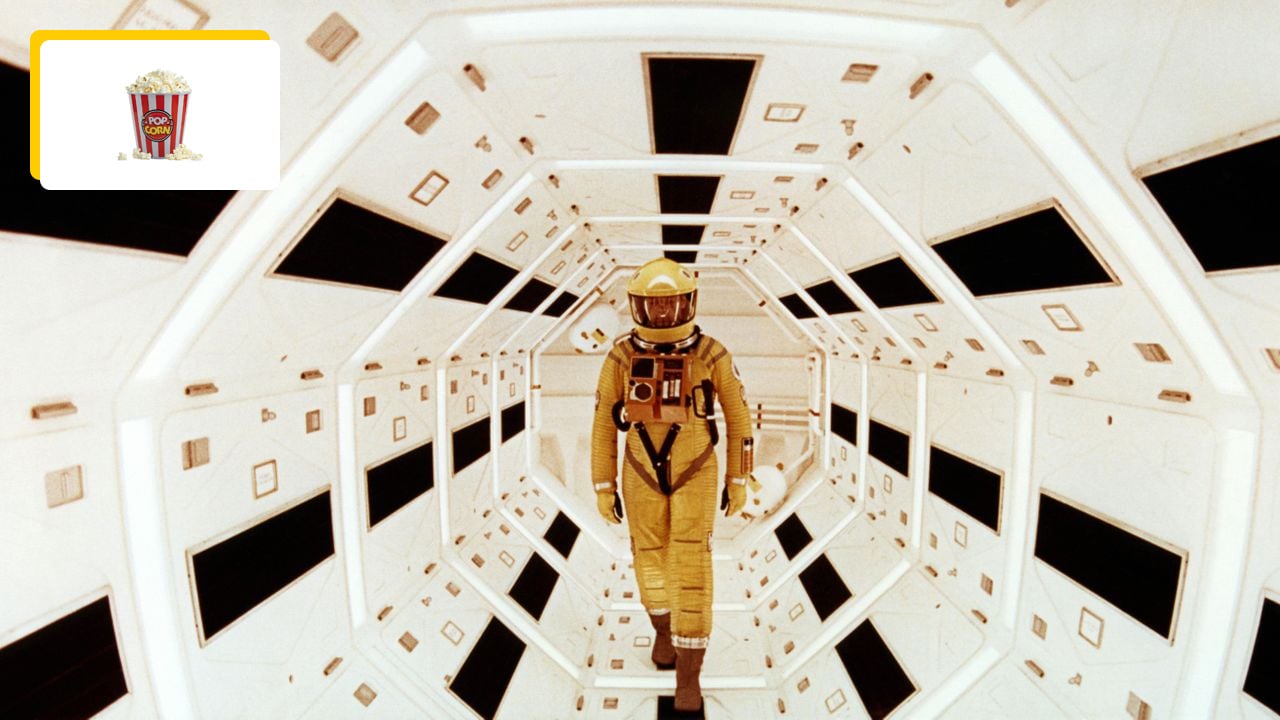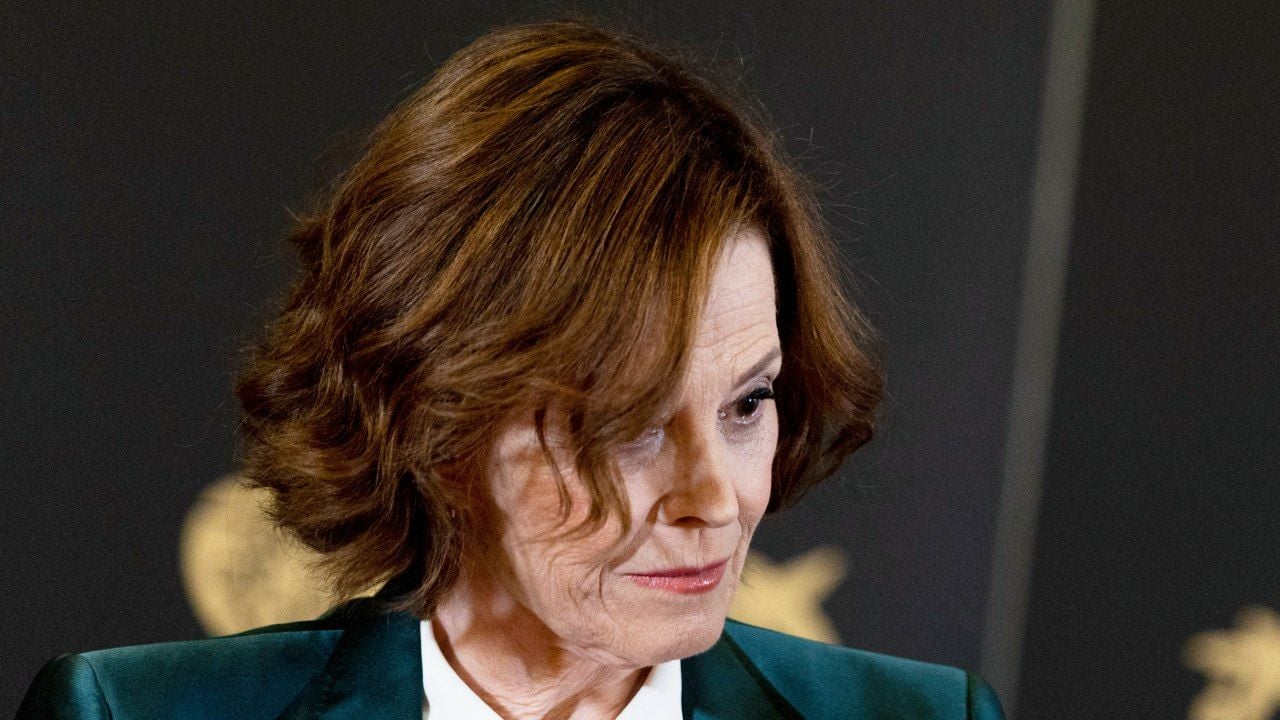On March 31, 1964, famed filmmaker Stanley Kubrick contacted science fiction author Arthur Clarke via letter, in which Kubrick spoke of his desire to collaborate with him, according to him, “The proverbial “very good” sci-fi movie“: The rest, you know, is part of history.
Read the letter below:
A letter from Stanley Kubrick to Arthur Clarke as he began filming 2001: A Space Odyssey (1968).
(source – BFI) pic.twitter.com/fqwjTgM8Kb
— Depressed Bergman (@DannyDrinksWine) April 15, 2024
“March 31, 1964
Dear Mr. Clarke:
It’s a very interesting coincidence that our mutual friend Karas told you about the Questar telescope. I’ve been a big fan of your books for some time and have always wanted to discuss with you the possibility of making the proverbial “really good” sci-fi movie.
My main interest lies in these big areas, naturally assuming a big plot and big characters:
1. Plausible reasons for the existence of intelligent extraterrestrial life.
2. The impact (and perhaps even the lack of impact in certain circles) that such a discovery will have on Earth in the near future.
3. A space probe with the landing and research of the Moon and Mars.
Roger tells me you are planning to come to New York this summer. Do you have an inflexible schedule? If not, would you consider coming to a meeting early to see if there might be an idea that interests us enough to collaborate on a script?
In the event of this most pleasant event, I am sure that a further arrangement for your services can be reached with your agent.“
Collaboration of the century
According to the Letters of Note website, Arthur C. Clarke He was immediately enthusiastic about the idea, so much so that three weeks later, on April 22, the two men met at the Plaza Hotel in New York and, according to Clarke, “He talked about science fiction for eight hours“. Four years later, the groundbreaking result of their partnership was released, 2001: A Space Odyssey, an epic film about space travel, human evolution and extraterrestrial life that spans time and space – and is considered a science fiction landmark in cinema and the world.
Producer and director Stanley Kubrickand co-written by the latter and Arthur C. Clarke Therefore, the film is inspired by the latter’s 1951 story, Sentinel, but also his other works. Along with writing the screenplay, Clark also wrote a novelized version of the film, which will be published after the release of the latter.
Starring Keir Dulea, Gary Lockwood, William Sylvester and Douglas Rain, the film features astronauts, scientists and the sentient supercomputer HAL on a journey to Jupiter to investigate an alien monolith. The feature film is known, among other things, for its scientifically accurate depiction of space travel and its innovative special effects – for which it won an Academy Award, in addition to being nominated for three other Golden Statues.
Stanley Kubrick on the set of “2001: A Space Odyssey” (1968)
2001: A Space Odyssey It is widely considered to be one of the greatest and most influential films ever made. In 1991, it was selected by the United States Library of Congress for inclusion in the National Film Registry.
Arthur C. Clarke, Vision
A true genius and visionary, Arthur Charles Clarke He is also known for the fact that he invented the Internet and artificial intelligence in his novels, and in particular, St 2001: A Space OdysseyWith HAL 9000, an on-board computer that can understand language, interpret emotions, reason, learn and design.
In a 1976 interview, he predicted the arrival of the World Wide Web by the year 2000, as well as the mobile phone – in addition to “envisioning” our present day computers using the Internet. That says a lot about this man…
2001: A Space Odyssey can be seen again and again on VOD.
Source: Allocine
Rose James is a Gossipify movie and series reviewer known for her in-depth analysis and unique perspective on the latest releases. With a background in film studies, she provides engaging and informative reviews, and keeps readers up to date with industry trends and emerging talents.






